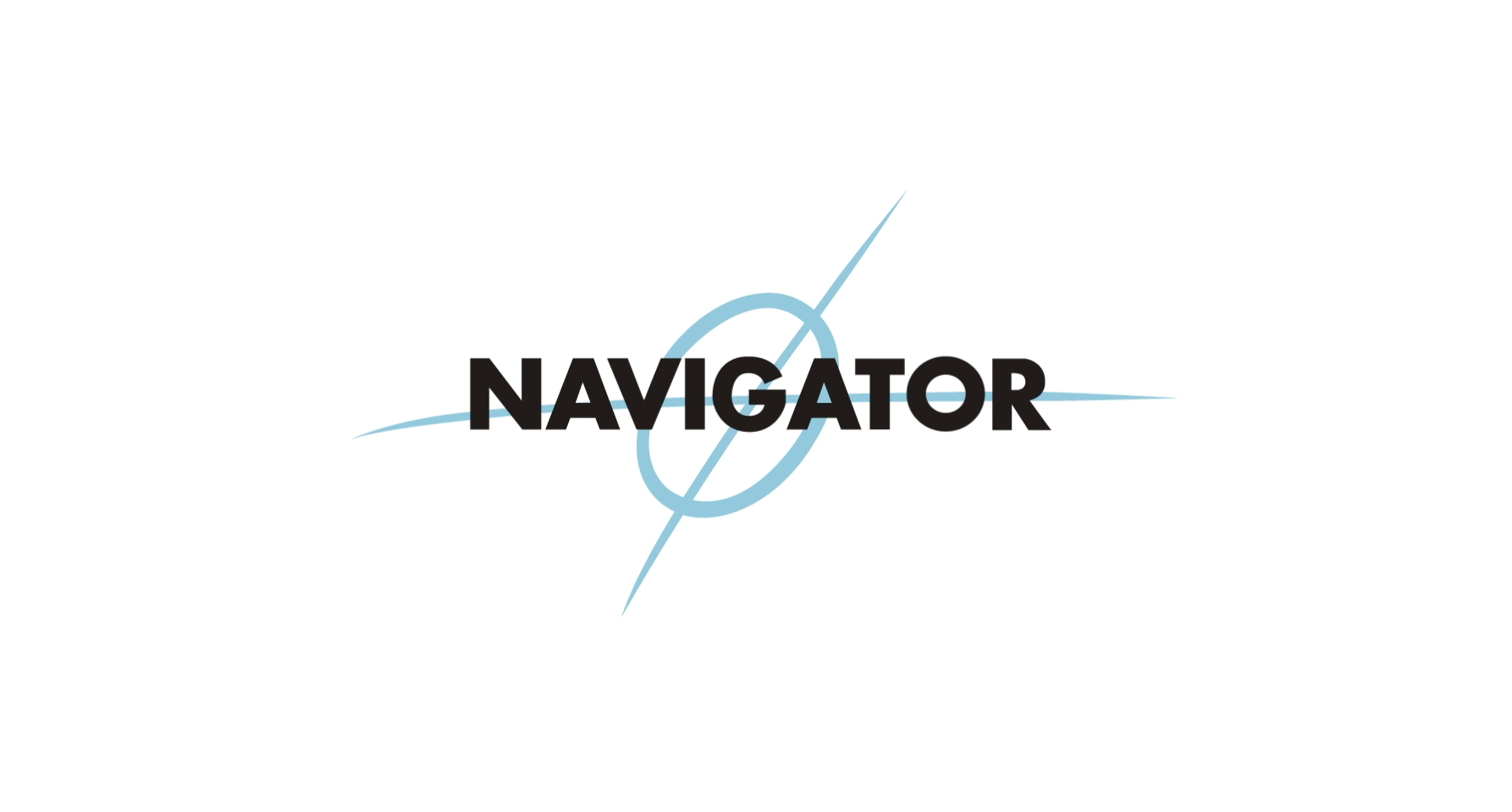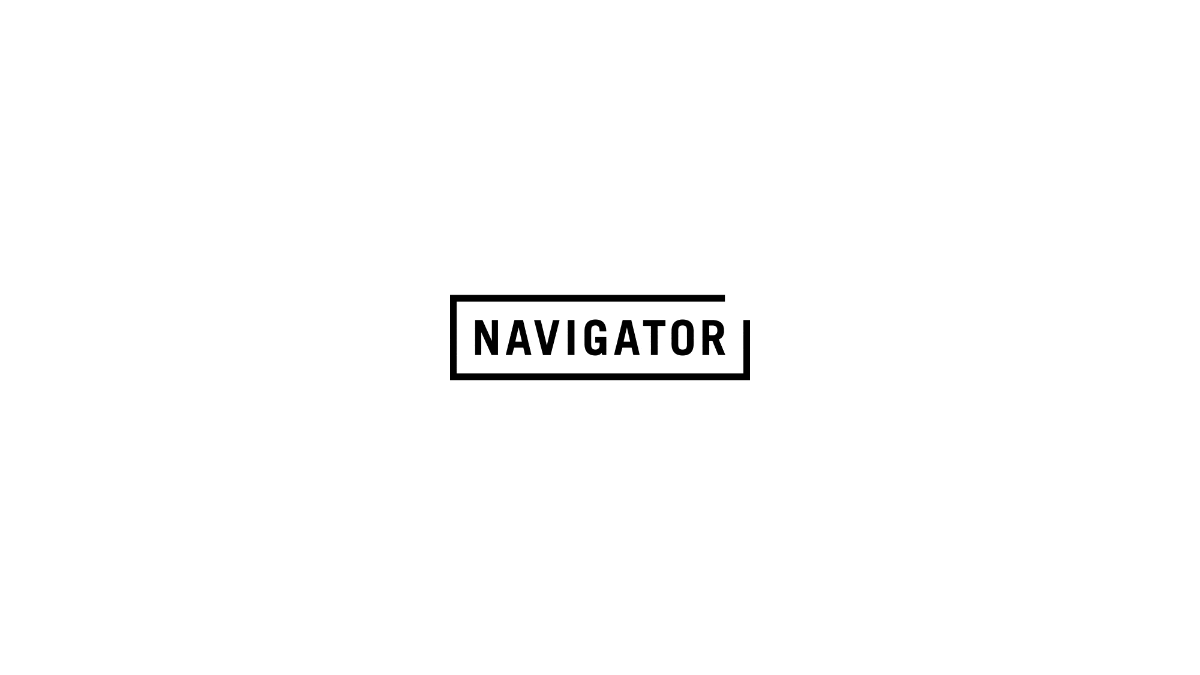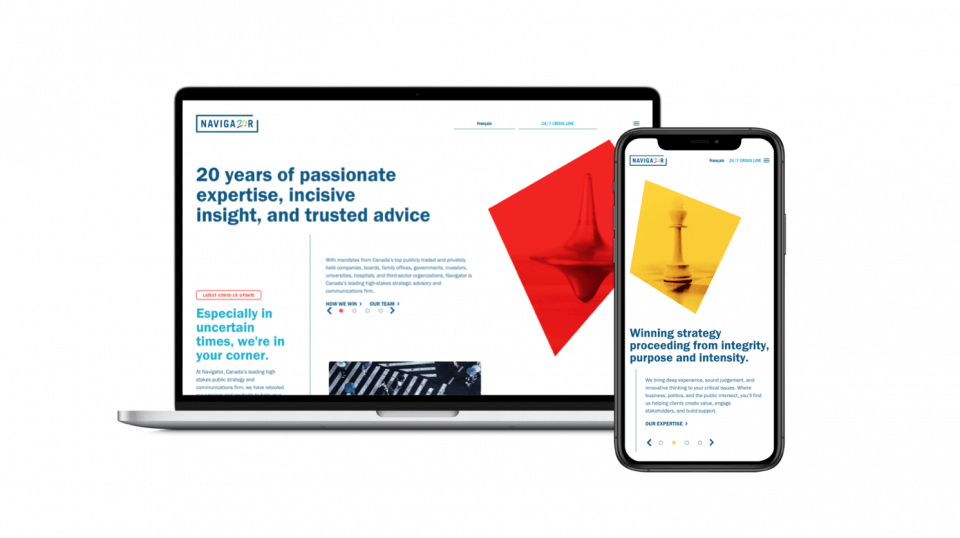This article was originally published in the Toronto Star on May 3, 2020.
It’s not right, nor is it fair to compare one tragedy with another. To claim some grief more poignant than other grief.
But it is equally wrong to let new grief submerge the pain and memory of grief past.
As we come to grips with the devastation that COVID-19 has wrought on our communities, our health, our finances, our very way of life, it has also, for some of us, brought back painful reminders of another pandemic: HIV/AIDS, which has infected 74 million and killed 32 million people.
The HIV/AIDS pandemic is one that I remember well. It decimated my community; robbed an entire generation of unrealized promise, sowed terror among us, changed how we lived and how we were intimate with each other.
Like COVID-19, it began in a seemingly far away place. A mysterious illness that started manifesting itself in otherwise healthy young men.
I remember reading about it for the first time in “The Body Politic,” sitting on the steps of the Second Cup at Church and Wellesley. I also remember paying it no mind. Those were glorious, carefree days. Days filled with the certainty of invincibility that is only the promise of the young.
And then, my friends began to get sick. More and more and more of my friends got sicker and sicker and sicker. And then, they started to die. So many that I stopped counting after I had gone to 50 funerals. I had yet to have my 30th birthday.
Not only did they die, they died with the cruel burden of stigma. AIDS phobia was rampant. It showed its ugly face in many ways. People were disowned by their families. Jobs and homes were lost. Medical care was hard to come by. Partners were not allowed to be together in the last hours of life. Funeral homes refused to collect bodies. Politicians turned a blind eye.
It was then we learned that we would have to look after ourselves. And look after ourselves we did. Some took to the streets in protest. Others committed acts of civil disobedience. Still more cared, cooked and cleaned for our sick when no one else would. And comforted them when they would otherwise have been abandoned.
As a community, we challenged the rules. We demanded to be heard. We changed the way drugs were brought to market. We built our own health care and support organizations. We insisted that people who were HIV+ were not HIV/AIDS victims but rather were people who were living, yes living, with HIV/AIDS. We changed the way we had sex.
And, in doing so, we brought about a revolution, the embers of which still burn today. After all these years, we continue to be a community more self-reliant, more resilient, more skeptical of authority and more caring than we ever were before.
We no longer take every day for granted, no longer believe that anything will last forever.
And while those lessons stayed with us, only years later did we understand just what those lessons meant. What all that pain taught us.
As I have been remembering that time, recalling those friends and partners I still miss today, wondering how on earth I cheated the disease, I’ve been thinking about what lessons we will take from this pandemic when the television lights turn off and the headlines recede.
Will we learn the importance of being more resilient? Of being better able to take care of ourselves as a country and as a people?
Will we understand people have been impacted by this pandemic in brutally unequal ways and that we, as a society, all pay a price for that? Will we be willing to rethink what fairness means?
Will we understand that we truly are in this together? That we really are each other?
In the worst days of the AIDS crisis, no one could imagine that they would one day marry their partner and society would celebrate it; that my now partner would be the proud grandfather of three.
Our challenge today is hard and may grow harder still, but I am optimistic because I know Canadians are already coming together, strengthening our communities and mending the divisions revealed in this pandemic.
Crises reveal our character — how good we are, how kind we are. And if you know where to look for it, that character and that kindness is where you will find our strength.




